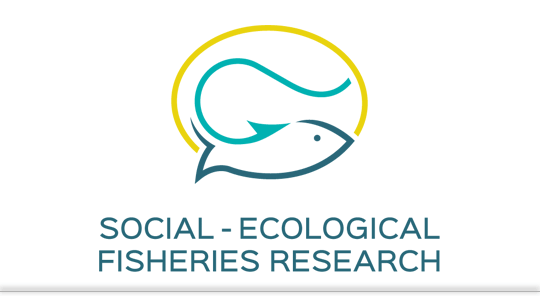Fishing for recreation dates back at least 4,000 years ago when the first images of recreational anglers were reported from Egypt (Pitcher and Hollingworth 2002). It was widespread in Europe by the 13th century and has substantially grown with industrialization across the world (FAO 2012; see Pitcher and Hollingworth 2002 for more historic details). The English publication Treatyse of Fysshynge wyth an Angle (attributed to Berners [2018]) describes the activity of recreational fishing with hook, rod, and line and the diversity of fishing styles that were tailored to catch different fish species in different settings. Later, Walton and Cotton (1935) described the spiritual and deeply leisure-based aspects of recreational fishing. Recreational fishing is now pursued in most countries, except maybe the poorest (FAO 2012; Arlinghaus et al. 2015), in part because of increasing wealth and leisure time (Smith 1986) as well as advances in information and technology that facilitate (1) access to fishing sites (e.g., boats, passenger vehicles, snowmobiles, Global Positioning System devices), (2) the finding of vulnerable fish (e.g., sonar, downriggers), and (3) the capture of fish (e.g., artificial fishing lures and hooks). The ingenuity of people, combined with traditions and customs, has resulted in a rich mosaic of recreational fisheries that are characterized by diverse fishers and fishing styles that encompass the continuum from harvest-dominated to voluntary catch and release and from fishing with a pole in a local pond to offshore fishing for billfish in the open ocean.
Angling is a specific method of fishing involving the use of a hook and line that is closely attended by an individual to capture aquatic species. Angling represents the most common capture method of fish by recreational fishers (Arlinghaus and Cooke 2009). Consequently, we use the term “angling” synonymously with “recreational fishing” in this chapter, acknowledging that in some areas of the world, such as Scandinavia, recreational fishing is conducted with gill nets, traps, and many other typically commercial gear. Similarly, in North America some fish are harvested with bows, while recreational spearfishing is common around the world. We also note that in many areas of the world, people use angling methods for commercial and subsistence purposes. Given the focus of the book and the fact that “angling” is a typical umbrella term for modern recreational fisheries, we use the term “angling” here for convenience.
This chapter focuses on the diversity inherent in recreational fisheries. Diversity is used to describe how heterogeneous landscapes, anglers, and/or other contexts shape anglers’ behaviors. Diversity greatly complicates the identification of appropriate and optimal management solutions for recreational fisheries (e.g., Johnston et al. 2010; Fenichel and Abbott 2014). Angler diversity (also termed “heterogeneity”) has been a frequent topic in the human dimensions of recreational fisheries since the late 1970s (e.g., Bryan 1977; Chipman and Helfrich 1988). In fact, research on angler diversity continues to be largely parochial with many researchers using a single way to characterize (e.g., Graefe and Ditton 1986; Hutt and Neal 2010) or to account for (e.g., Train 1998; Breffle et al. 2011) angler diversity. Little uptake has occurred by fisheries biologists and managers of appropriate methods to measure angler diversity. The purpose of this chapter is to identify drivers of angler diversity, describe the consequences of angler diversity, and suggest how diversity might shape future angling and recreational fisheries. This emphasis on angler diversity is consistent with recent calls from human dimensions (e.g., Hunt et al. 2013) and fisheries ecology (e.g., Post 2013) researchers about the overwhelming importance of angler diversity in recreational fisheries (Arlinghaus et al. 2017). In the next section, we focus on why diversity matters for a range of issues, such as overharvest and the benefits that anglers receive from fishing. The following section identifies contextual and individual drivers of angler diversity. In the fourth section, we describe existing conceptualizations used to typify diversity by anglers’ commitment (often referred to as specialization in the human dimension studies; Bryan 1977) or the personal relevance of the activity. The final section is purposefully speculative with a focus on the future of angling and concluding remarks about the opportunities and challenges of angler diversity.
Diversity of Anglers: Drivers and Implications for Fisheries Management
Chapter
Hunt, L.M., Arlinghaus, R., Scott, D., Kyle, G. 2023. Diversity of Anglers: Drivers and Implications for Fisheries Management, Chapter 5, 1-28. In: Neal, J.W., Lang, T.J., Krogman, R.M., Kurzawaski, K.F., Hunt, K.M, Taylor, J.B. (eds.) Angler Recruitment, Retention, and Reactivation: The Future of Fisheries and Aquatic Conservation Summary and Synthesis. American Fisheries Society.
Published
: 2023
Appeared in
: Angler Recruitment, Retention, and Reactivation: The Future of Fisheries and Aquatic Conservation Summary and Synthesis. American Fisheries Society, Chapter 5, 1-28

